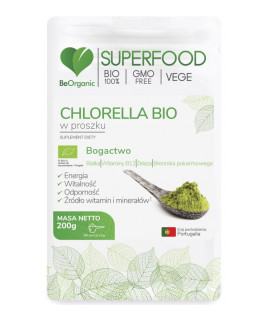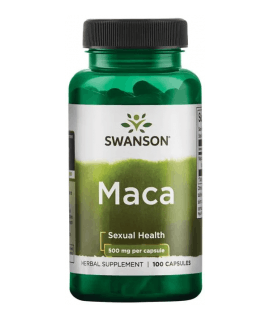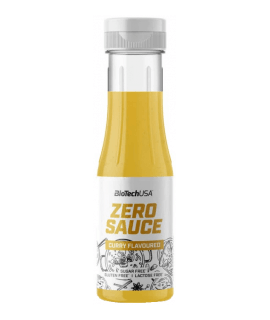Some individuals or families find that sometimes they have to stay home for a prolonged period of time. At times like this, if other people are in the same situation it is easy to panic shop and hoard products in the house, just in case the supermarkets are not able to replenish goods. Whilst it’s not always a good idea to panic shop, not least because goods might then not be available for vulnerable groups to purchase when they need them, but a lot of foodstuffs are perishable and will therefore not last very long. I will discuss here some common food staples and the nutritional value of them as alternatives to perishable foodstuffs. I will also give some ideas about other ways to make sure you have healthy meals available if you are not able to go out and buy fresh foods, and some tips to store perishable goods so they last longer.
Nutritional value of long-life staple foodstuffs
It has become somewhat unfashionable over the years to purchase long life foodstuffs, as more of us prefer to buy ‘fresh’ products, maybe because we perceive them to be healthier, or even prefer the taste or texture of them. This has caused the market for long life foodstuffs such as canned soups and frozen foods to fall in size. However, the manufacturers in these categories have as a consequence become more innovative and have shifted their offerings to be focused on what consumers are attracted to, such as lower salt, cleaner label, lower sugar, or have adapted processes to be less harsh to ensure food products retain taste and texture
Milk
Unless you are a practising vegan it is likely that you consume milk and probably you buy ‘fresh’ pasteurised milk from the fridge section of the supermarket. Pasteurised milk these days usually carries a shelf life of between 7-10 days. A good alternative to pasteurised milk is UHT (ultra-heat-treated) milk. This can be found in the regular shelf section of the supermarket as it does not need refrigeration when it is unopened (after opening it needs to go into the fridge and will also last about 7-10 days.) But the benefit is you can buy a few cartons if you know you can’t get to a supermarket for say 2 weeks, and keep it in the cupboard as it will last for approx. 6-9 months when unopened.
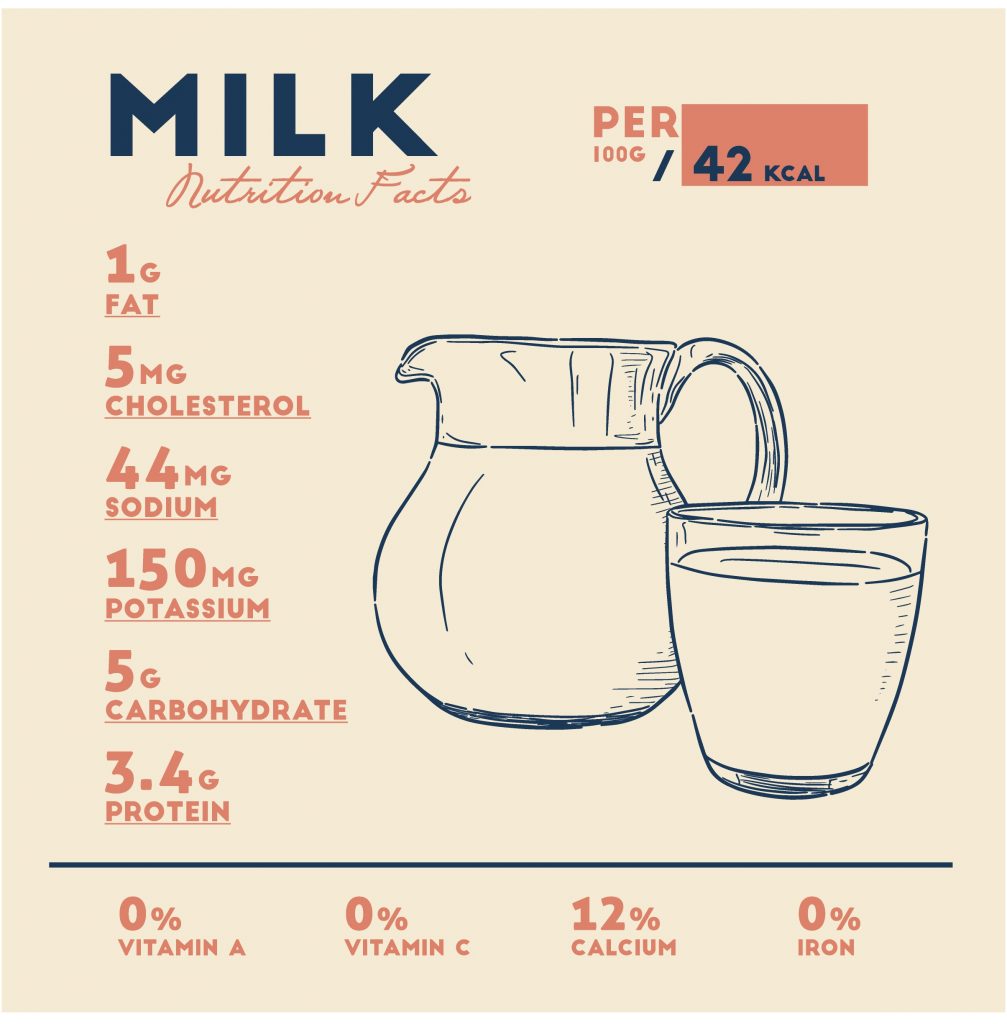
UHT milk is slightly less nutritious than pasteurised milk as it contains around a third less iodine, and protein quality is less as it degrades during storage, and water soluble vitamin levels (B group and C) are less due to the nature of the processing and degrade further with extended storage (Oamen, Hansen & Swartzel, 1989). UHT milk also has a slightly ‘cooked caramel’ sweet taste compared to pasteurised milk, which some people dislike. However, in general UHT milk has a similar macro nutritional profile to pasteurised milk, and is a good alternative if pasteurised milk cannot be obtained.
There are also number of other milk alternatives such as soya milk, nut milks (e.g. almond), rice milk. These milk alternatives don’t have the same nutritional profile as cow’s milk for example, so the key here is to buy fortified versions, to avoid becoming deficient in key nutrients found in milk such as calcium and vitamin B12.
Canned products
Food products stored in cans have been sterilised. This means they have been effectively cooked in the can at a high temperature (greater than 100 °C) for a set period of time to destroy any pathogenic organisms that might develop. This means that foods can be safely eaten from a newly opened can.
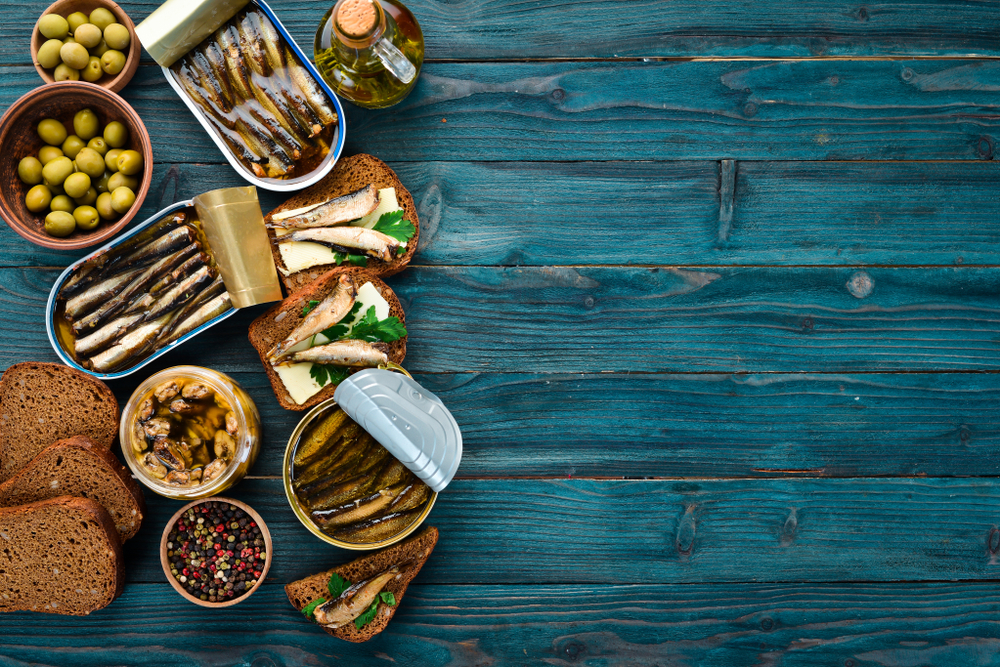
Usually though the food stuff is more palatable when it has been heated up. The type of staple foods that are commonly bought in cans are soups, baked beans in tomato sauce, pasta in sauce, various types of vegetables especially peas, sweetcorn and carrots, mixed types of pulses and lentils in brine, water or a sauce. Canned fish such as tuna and salmon, and tomatoes. The list is endless. Some of these foods are more nutritious than their fresh alternatives. Tomatoes for example can be more nutritious when cooked than raw, because the lycopene in the skin is more bioavailable when the tomato is cooked, but the raw version retains more vitamin C and beta carotene than the cooked version. Dried beans and pulses need to be soaked and cooked properly before eating, so the canned versions are actually more convenient to use. For canned products in general, fat soluble vitamins such as A and D tend not to be affected by the heat treatment during sterilisation, but water soluble vitamins such as B and C can be destroyed or reduced (Singh & Desrosier, 2018). Macro nutrients such as carbohydrates, proteins and fats tend to remain unchanged nutritionally when compared to the fresh versions.
Canned products have a long shelf life, usually more than 12 months, so they are good food staples to keep in the cupboard if you are not able to get to the shops, they also tend to be cheaper than their fresh versions.
Dried products
There are many different types of dried food products, from milk powder to powdered soups and foodstuffs such as pasta, rice, beans and lentils. Each has its own benefits. Milk powder is a good alternative to pasteurised milk and having the added benefit of not needing to be stored at all in the fridge even after opening. Milk powder has generally the same nutritional value as pasteurised milk, but if stored incorrectly at high temperature and humidity the nutritional value decreases (Okamoto & Hayashi, 1985).
Products such as pasta and rice are commonly bought as dried foodstuffs. Fresh pasta has a short shelf life and must be stored in the fridge, and generally can only be bought as white pasta. The nutritional value is the same for both dried and fresh, in fact using wholegrain dried pasta it could be argued, is the most nutritious due to the fibre content and higher levels of protein and B vitamins contained in the wholegrain.
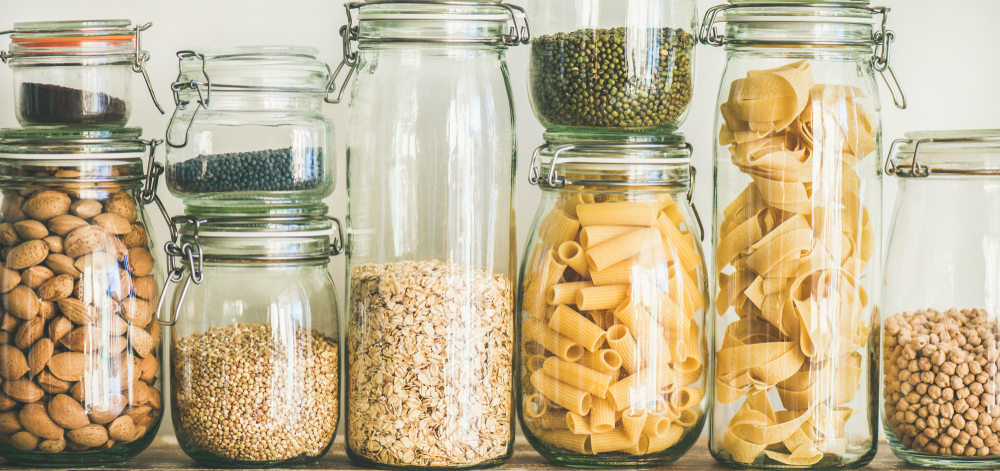
Dried pulses require some effort to cook, and whilst they are very nutritious sometimes it is more convenient to use the canned versions. Red lentils however are great for making soups, sauces and curries and do not need any pre-soaking or cooking. You can buy them ready to use and can be added during the normal cooking process to provide taste, texture and nutrients.
Other dried foodstuffs such as powdered soups and sauces, it could be argued are less nutritious as a fresh soup or sauce, simply because fresh soups and sauces are neither ultra-processed nor contain any preservatives or stabilisers for example. However, if you read the label and choose varieties that are low salt and sugar for example, they are convenient to use, save time and can be stored unused in the cupboard for some months.
Frozen foods
Freezing is one of the best ways to preserve foodstuffs, and frozen vegetables for example are just as nutritious as fresh versions. In fact, some food manufacturers claim that as they are frozen very soon after harvesting, the nutrients have less time to degrade before being frozen, whereas fresh produce has to be transported to the supermarket and this can take time. Frozen foods also tend to be cheaper in price.
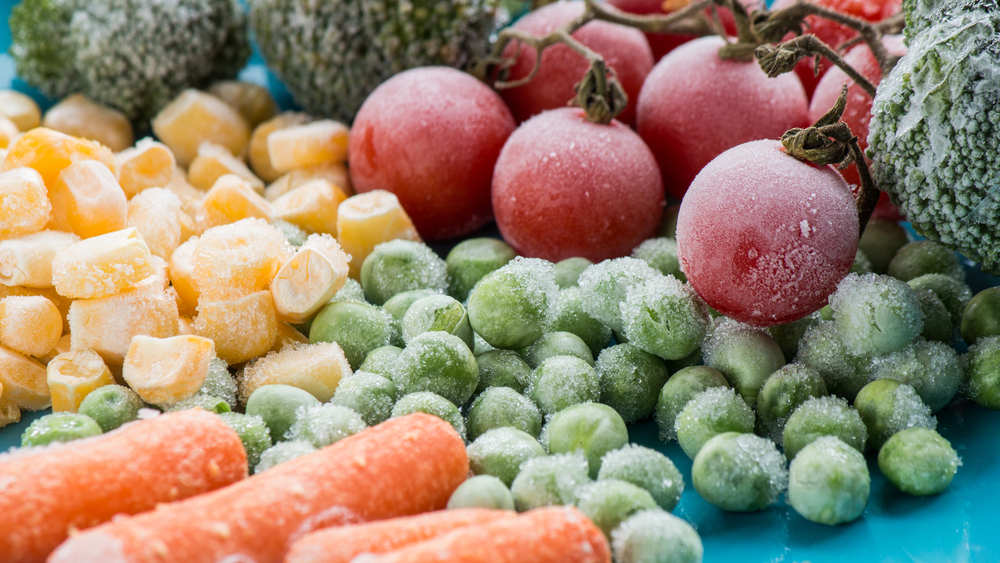
If you are unable to buy fresh fruit for example, you can now buy many different types or mixes of frozen fruit. Frozen mixed berries for example, can defrost usually within the hour and taste just as good as their fresh counterparts. There is very little wastage with frozen foods as well, as you only take what you need from the pack and return the rest to the freezer.
Batch cooking
I am a big fan of batch cooking. I regularly make a big pan of soup on a Sunday and store enough in the fridge to last me for the rest of the week. I make sure the storage containers have been freshly washed in the dishwasher at high temperature and I add the soup soon after cooking and then leave to cool before putting into the fridge. I could also freeze the soup, but usually I eat it within a few days.
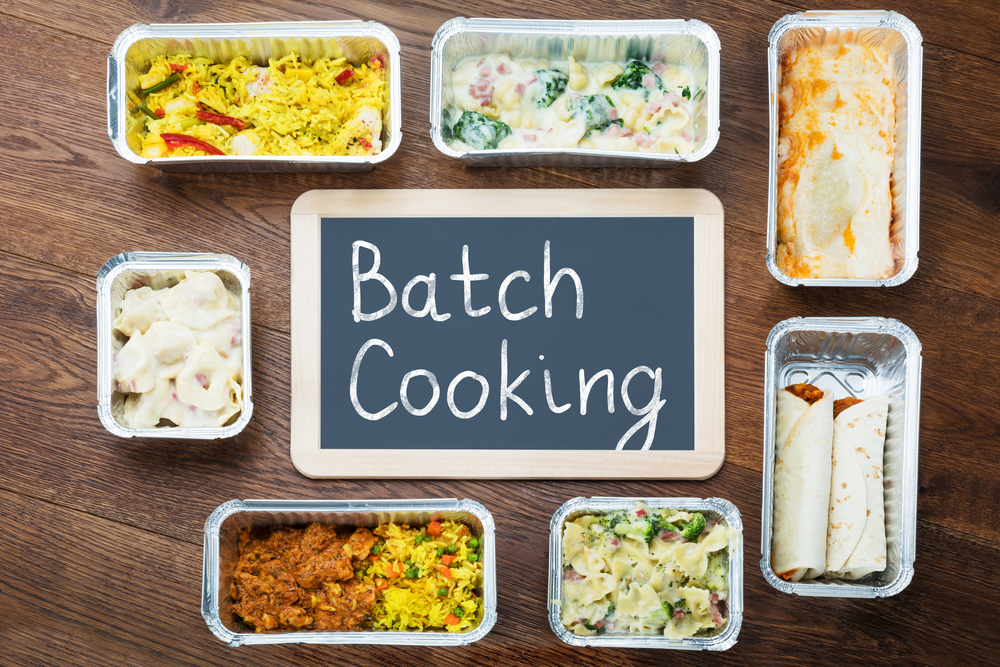
I also batch cook curries, chilli’s both meat based and vegan or vegetarian, and lasagnes. I find some freeze better than others, but usually all are good and useful for when I want a quick healthy meal. I usually cook my own rice, pasta or potatoes to go with the home cooked frozen meal. If you have to stay home for a long period of time, it’s useful to try to buy enough fresh ingredients in advance and batch cook some meals for the freezer. It takes some planning, but if you have some warning that you can’t go outside, then plan what you can batch cook and buy what you need. If you don’t already have some suitable containers, I would recommend buying some foil containers with lids that you can portion up and freeze.
It's also possible of course to buy frozen ready meals, but you will find that some of these contain preservatives and other ingredients that you might not normally find in the kitchen. Whilst they are safe and nutritious, usually I would recommend making your own and freezing them in portions.
Try to consume your ready meals within three months, this is recommended as some products loose moisture and can cause freezer burn. Whilst not unsafe, the product can lose some texture when cooked.
How to make perishable foods last longer
Freezing is probably the best way to preserve foodstuffs such as soups, sauces and meals, as mentioned above, but it is also possible to freeze fresh herbs and citrus zest for example in ice cube trays suspended in water. You can of course bulk buy meat and fish and freeze these in portion sizes. Sliced bread can also be frozen and taken slice by slice directly from the freezer. If you want the bread for a sandwich, make sure you cover it whilst it defrosts otherwise it will become dry. You can toast bread straight from the freezer.
Pickling vegetables or making jam from fruit is another way to make foodstuffs last longer. You must be very careful to prepare pickled or preserved foodstuffs as the prevention of spoiling is important. I would therefore suggest you follow a reputable recipe for this process. If prepared correctly this type of preservation can keep food for several months. The nutritional content of pickled products is similar to other processing methods, but the salt levels can be a little higher due to the nature of the process, however if the foodstuff ferments then there is the added benefit of the production of probiotics – the good bacteria needed for a healthy gut.
Conclusions
We hope of course that we will not have to stay home for any long period of time, but this might become the case, it is therefore wise to be prepared. I would not advocate panic shopping, but I would advise planning. If we are advised to stay home, then it is hoped that there is some time to prepare for this food wise. In this instance it’s good to make a list of the meals you need for the home period, check your cupboard for non-perishable staples and make a list of what you might need. Next to this think about what meals you need to cook or prepare and for how many, make a list of ingredients, taking into account what you can batch cook and refrigerate or freeze, what can be bought in long life form and what dried products are required.
Check you have enough containers to use for batch cooking. Nutritionally many of the non-fresh foodstuffs available, are sufficient to ensure you don’t become deficient, but I would advise vegans and vegetarians to make sure they purchase fortified foodstuffs (as they should normally), especially with vitamin B12, iodine, calcium and iron. For everyone I would advise some batch cooking of healthy meals using a variety of mixed vegetables they should try to purchase prior to the isolation period.
References

